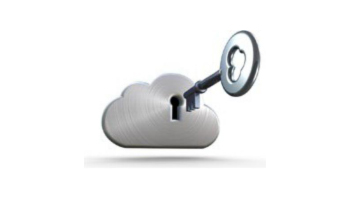Our Top Most ServicesHow Secure is the Cloud?
An obvious question that may come to your mind is, “How is my vital company data protected from unauthorised access in the Cloud?” A simple answer is that there are risks that exist in your current setup as well (think of physical theft of storage devices) but foresight minimise those risks. The danger and risks on Cloud are comparably much less
It would make better business sense if you first understand what needs to be protected and why.
Quantify the Risks
Identify the assets that are being considered to be hosted in the cloud. These may include applications such as CRM, accounting, operating systems and hosted servers. You need to ask yourself how valuable these assets are, and what would happen if you couldn’t access them online for long. If you assign a value to each such asset, it would becomes easier to decide the level of security needed for each.


Assess your Liabilities
What happens if you lose sensitive customer data to a system breach? You must understand that data lost in all such ways cannot be blamed on the cloud provider. So you have to chose your cloud provider after giving the thought due diligence.
Consider Compliance Regulations
Many industries such as healthcare and banking, follow government and industry regulations on how electronic data is to be handled. There are scenarios where you cannot store data in another country, and in some cases you are not even allowed to use cloud services at all.


How Much is Your Risk Tolerance
The level of risk varies with the industry, your own liabilities and what assets you need to protect. It would be good to know the costs involved in implementing same levels of security as in your on-premise network. The more security checks you place, the more expensive cloud security becomes.
The Security We Offer
-
164 bit Encryption
-
224/7 Security
-
3CCTV
-
4User Authentication (passwords, digital signatures)
-
5Data Level Authorisation (users see only the data that the company specifies)
-
6User Activity Monitored
-
7Compliance Standards Followed
-
8Reports
-
9Disaster Recovery Options in place
-
10Easy Exit Policy





























